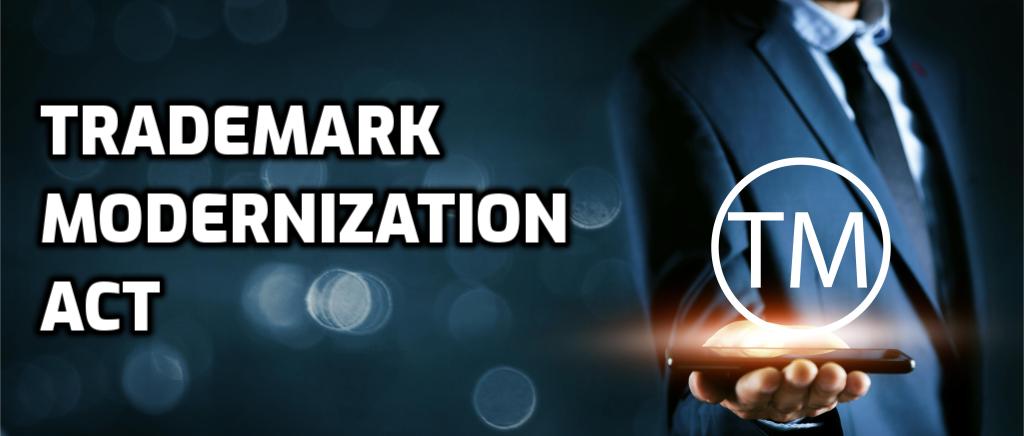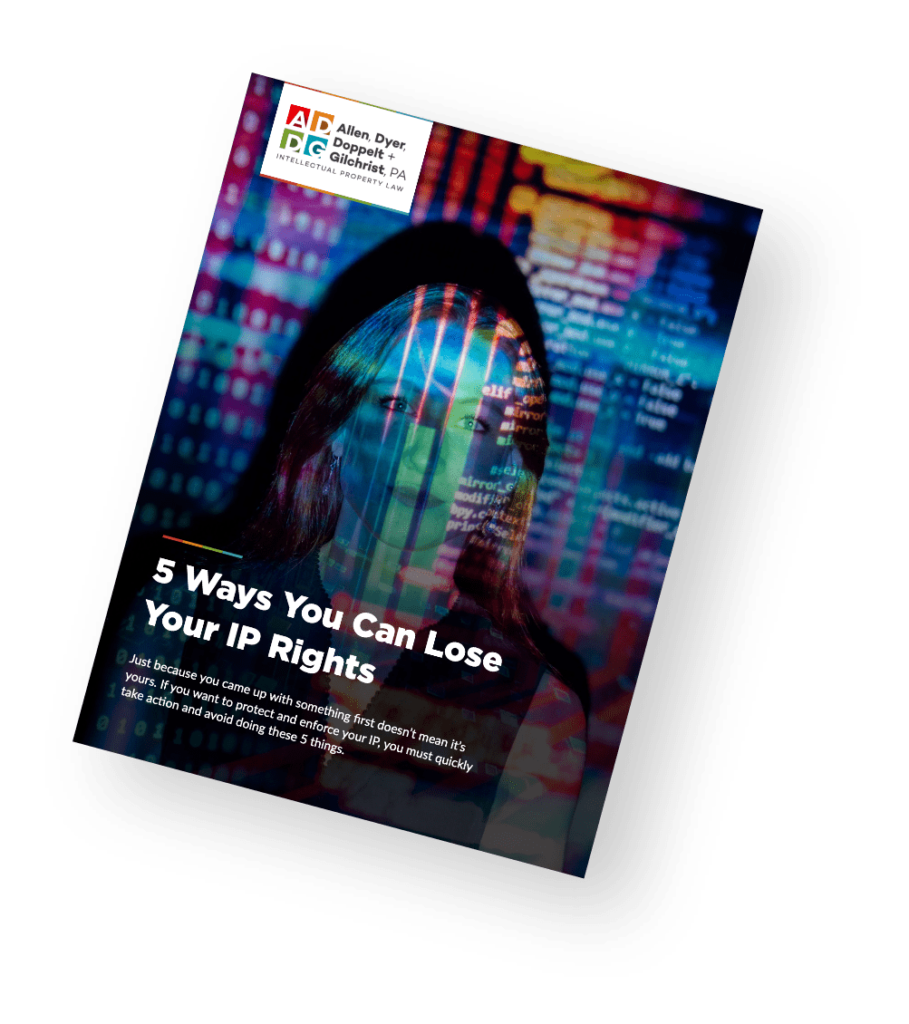The Trademark Modernization Act (TMA), passed in December 2020, was the result of pressure to update the Lanham Act, which established the current system of trademark registration in the United States. This was due to an increase in suspicious trademark applications and registrations, many of which originated overseas, and which range from inaccurate to fraudulent. But just what is the trademark Modernization Act?
Understanding The Trademark Modernization Act
The main provisions of this law and how they will affect trademark registrations before the United States Patent and Trademark Office (USPTO) are as follows:
- New procedures to challenge registered and pending trademarks
- More flexible windows for office action responses
- Making it easier for brand owners establishing infringement to obtain relief
Following implementation of the TMA, owners of trademarks now have more comprehensive solutions to challenge so-called “deadwood” or “zombie” marks, as well as new options for challenging pending applications, rather than having to rely on expensive inter partes cancellation proceedings.
When Was It Passed?
On December 27, 2020, the Trademark Modernization Act (TMA) was signed into law, and most provisions went into effect December 18, 2021, with the remainder set to be rolled out over the course of 2022.
What Purposes Does It Serve?
While the main purpose of the TMA was to address the continued rise of marks that are not actually in use for United States commerce, the law serves the additional purpose of helping clear the registry of outdated and abandoned trademarks. To accomplish these goals, the TMA created new ex parte expungement and reexamination procedures.
Prior to adoption of the TMA, trademark owners who wished to challenge an existing or pending mark were required to initiate a cancellation action with the USPTO Trademark Trial and Appeal Board (TTAB). Due to the costs in time and money of these actions, the TMA created faster, more economical options to help brand owners clear away prima facie unused trademarks in order to register their own.
The new procedures also created new grounds for initiating cancellation actions before the TTAB, as well as formalizing and streamlining procedures for filing a Letter of Protest. Finally, the Act made timelines for responding to USPTO Office Actions more flexible.
Expungement Proceeding
This procedure is directed at trademark registrations on the grounds that a registered mark has never been in live commercial use, either on some or all of the products listed in the original trademark registration. Applicants who wish to challenge an existing registration may file a petition for expungement procedures any time between 3 and 10 years after the date of initial registration of the mark in question. However, you may also request proceedings for any registration at least 3 years old until December 27, 2023, regardless of the 10-year limit.
If expungement proceedings are successful, any products not used in U.S. commerce will be removed from registration. However, owners who rely on registration in a country outside the United States are permitted to establish non-use for the first 5 years following the date of registration.
Reexamination Proceeding
Either a third party, or the Director of the USPTO, may request reexamination in order to challenge a trademark registration, based on evidence that the current mark owner was not using the mark in commerce with some or all of the listed products as of: (1) initial filing date of the trademark application, (2) amendment to allege use, or (3) before the deadline for filing a statement of use.
Requests for reexamination must be filed within the first 5 years of trademark registration, and as with expungement, the petitioner must establish a prima facie case of nonuse. If nonuse is established, the USPTO will send a notice to the trademark owner, and provide an opportunity to respond, before initiating proceedings.
New Grounds for Cancellation Proceedings
Under existing cancellation proceedings, the TMA creates new grounds for a presumption of abandonment if the owner does not use a mark for 3 years following registration, and shows no intent to resume use. The petitioner who initiates the proceeding must provide a verified statement which establishes that they conducted a reasonable investigation in order to determine that the mark in question has not been used in commerce.
Letters of Protest
Already an existing procedure, an applicant may submit a letter of protest to the USPTO Director of Trademarks challenging a third party’s application for a pending trademark. New provisions in the TMA require the Director to respond and issue a decision within 2 months of receiving the Letter of Protest. The decision is final and not subject to review, but does not prevent any party’s right to initiate other proceedings.
Office Action Response Periods
Current rules for Office Actions give trademark applicants a six month window to respond, after which the application will be considered abandoned. The initial response period will be shortened to 3 months as of December 1 2022, after which the recipient of an Office Action may request an additional 3 months to respond by paying an additional $125 fee. However, Madrid Protocol applicants will still have a six month window to respond.
How Does This Impact Trademarks?
The TMA also provides clarification of a previously split legal opinion that a finding of trademark infringement creates a presumption of irreparable harm. Thanks to this clarification, brand owners will now find it easier to secure injunctive relief against infringers, regardless of the forum (court of law or USPTO TTAB).
Core Takeaways For Trademark Owners
There are a few takeaways that current trademark owners should keep in mind following implementation of the TMA:
- Marks not in use for U.S. interstate commerce over 3 years old should consider a new application.
- Pending applications should consider when the trademark may be used in the U.S., and not rely on foreign registration, but on establishing intent to use, and extend the registration grant 3 years from Notice of Allowance.
- Trademark applicants and owners should be prepared for shorter 3-month office action response windows
Our experienced intellectual property, patent, and trademark attorneys at Allen, Dyer, Doppelt & Gilchrist are ready and able to help you navigate the new rules, as well as review your trademark portfolio to help mitigate any possible issues. Get in touch to schedule a consultation today!
About the Author
Matthew McKinney practices in all areas of intellectual property, representing a wide range of clients in connection with the acquisition, transfer, enforcement and defense of their intellectual property rights.

Share This




